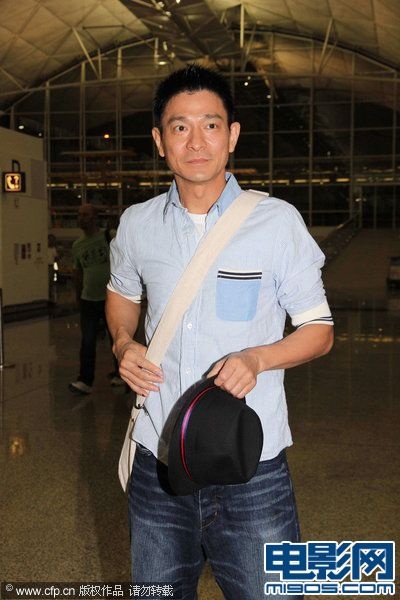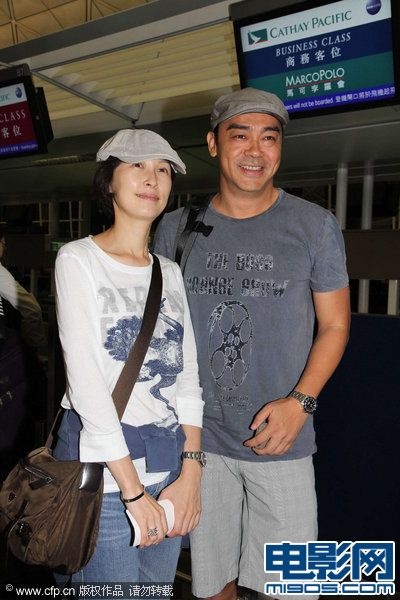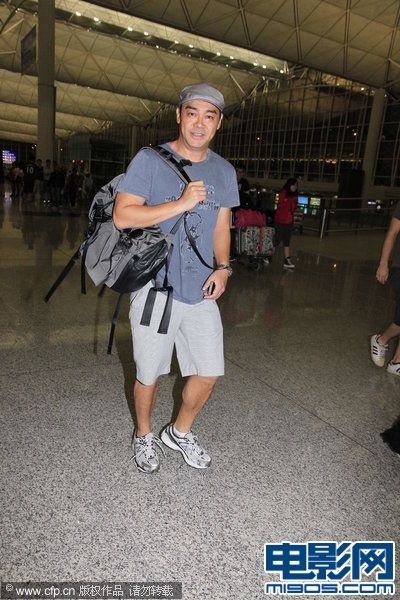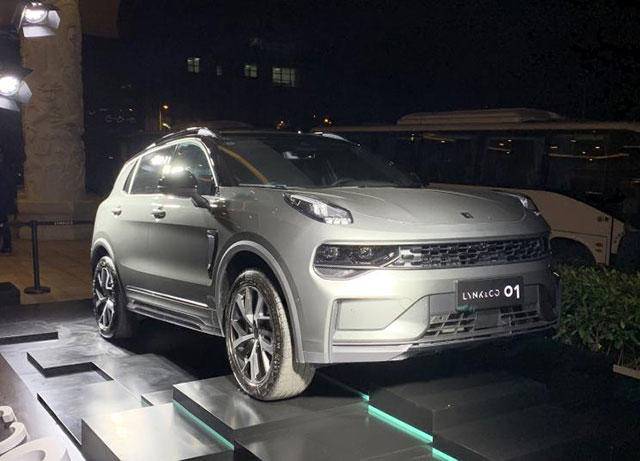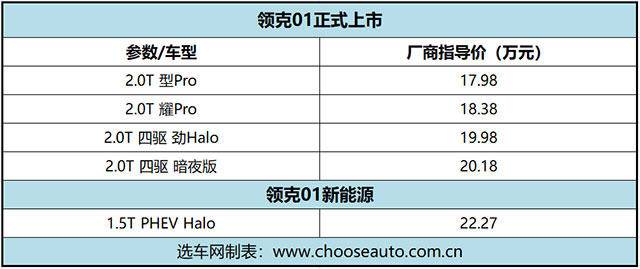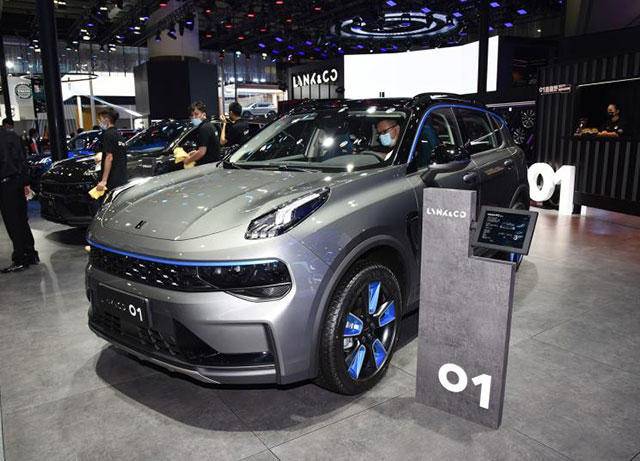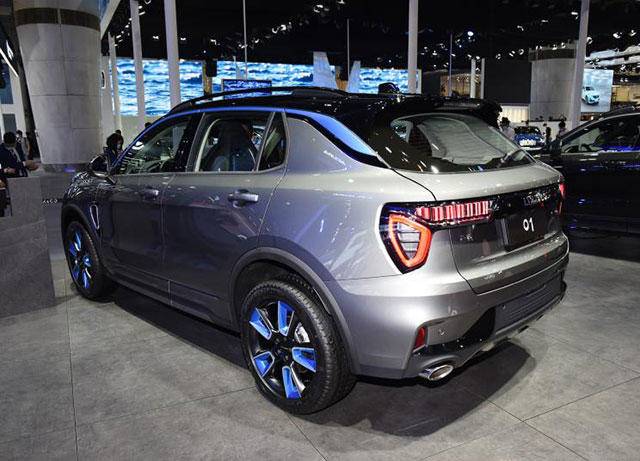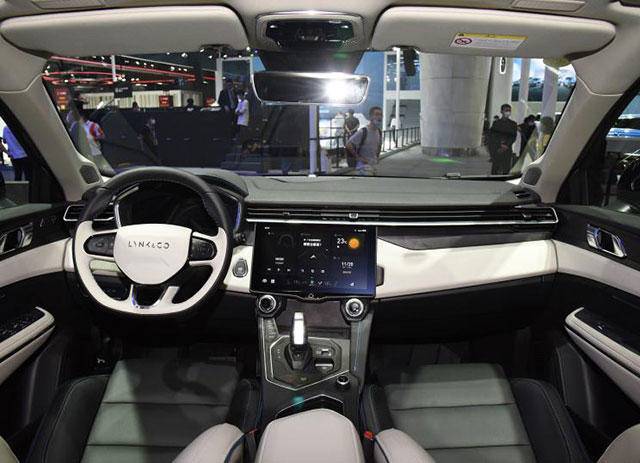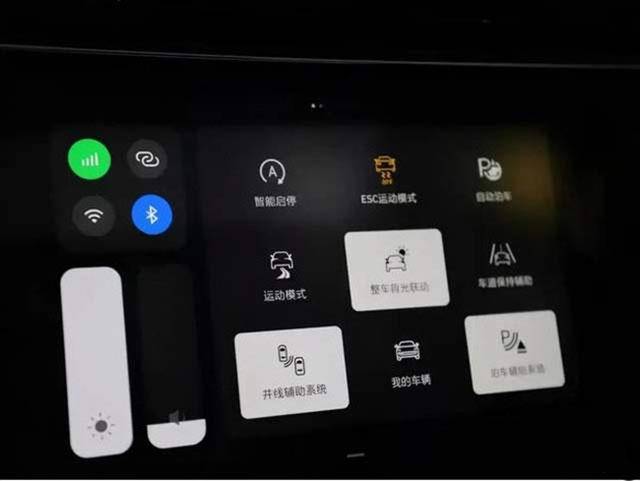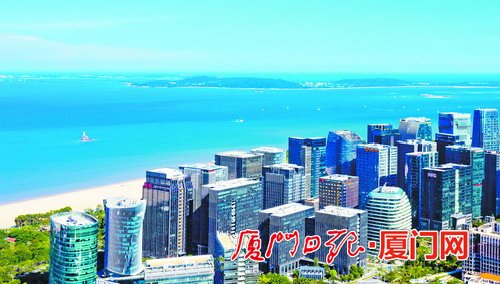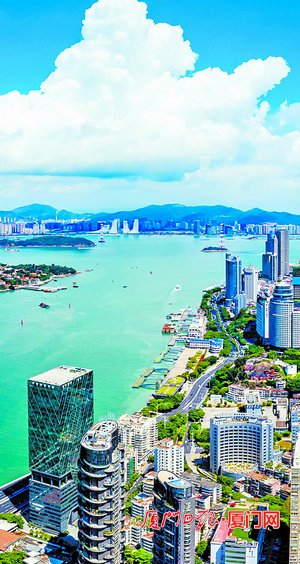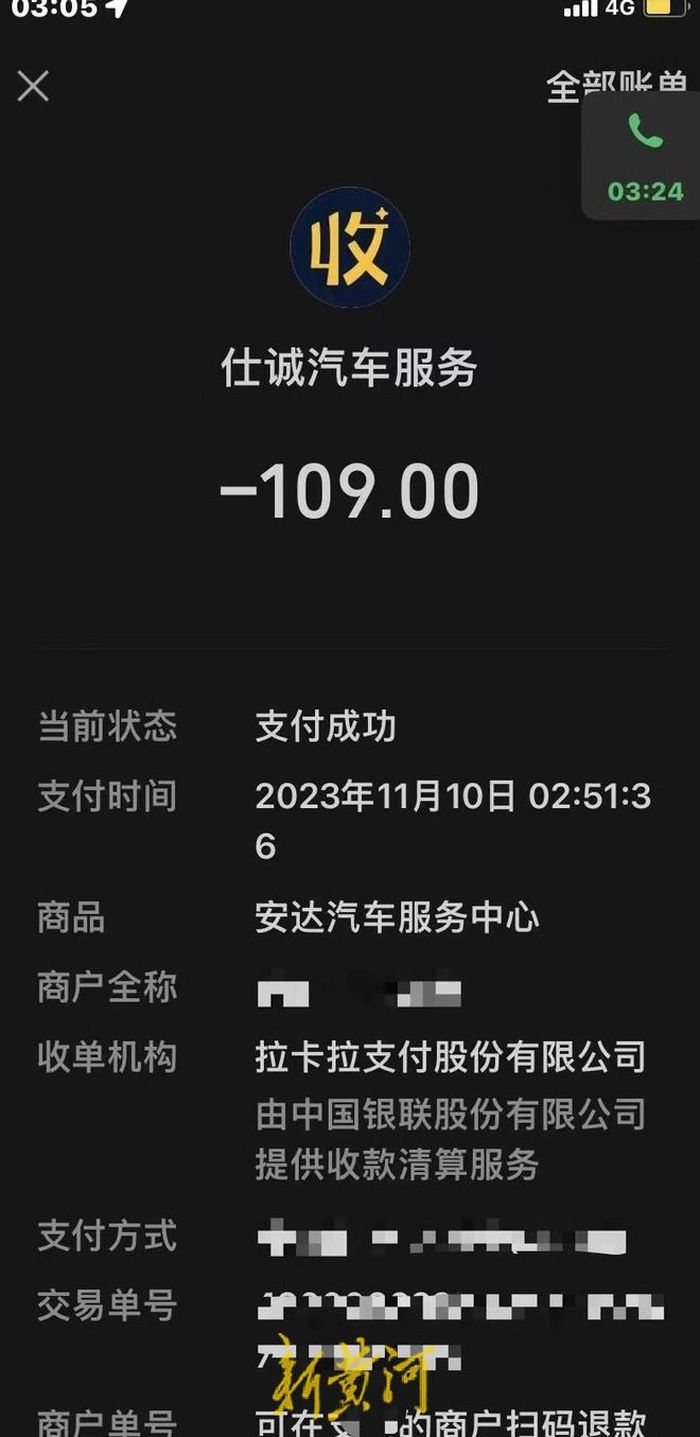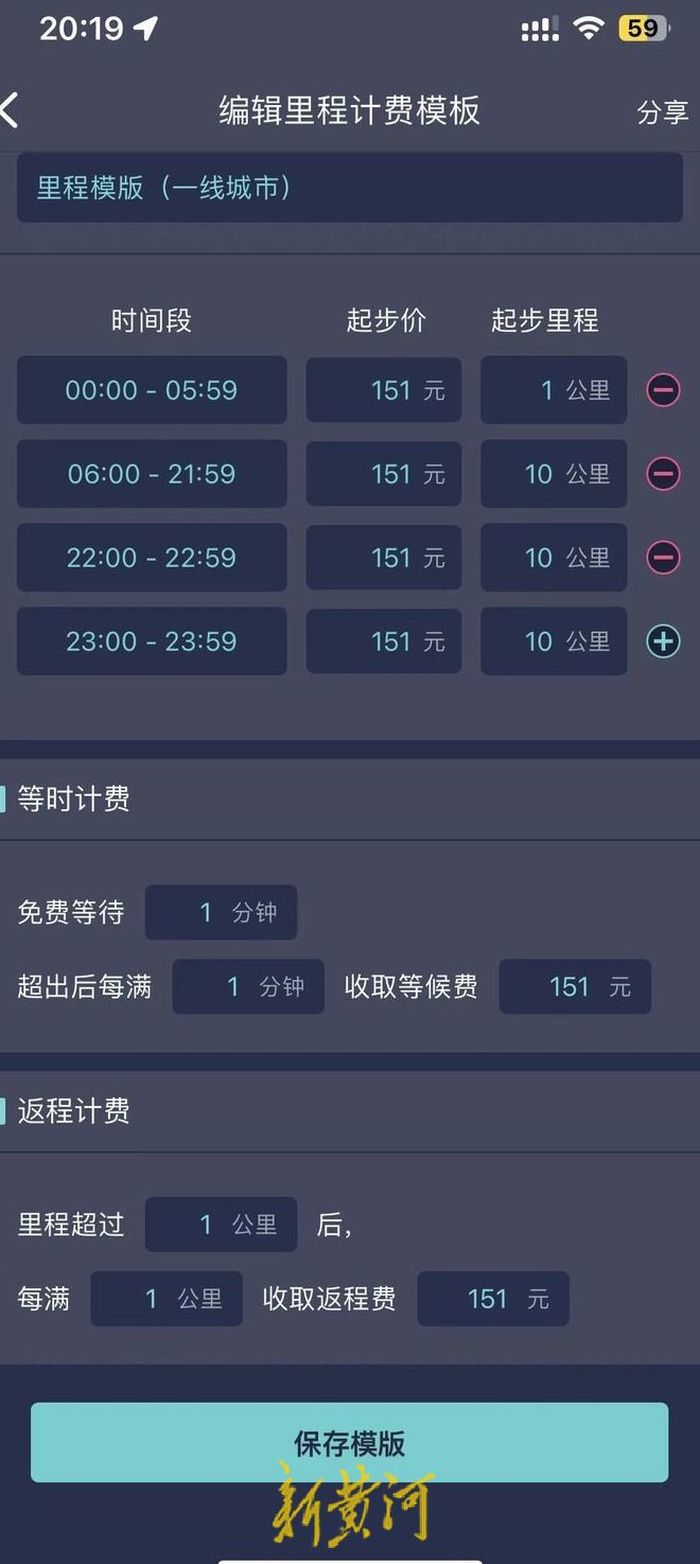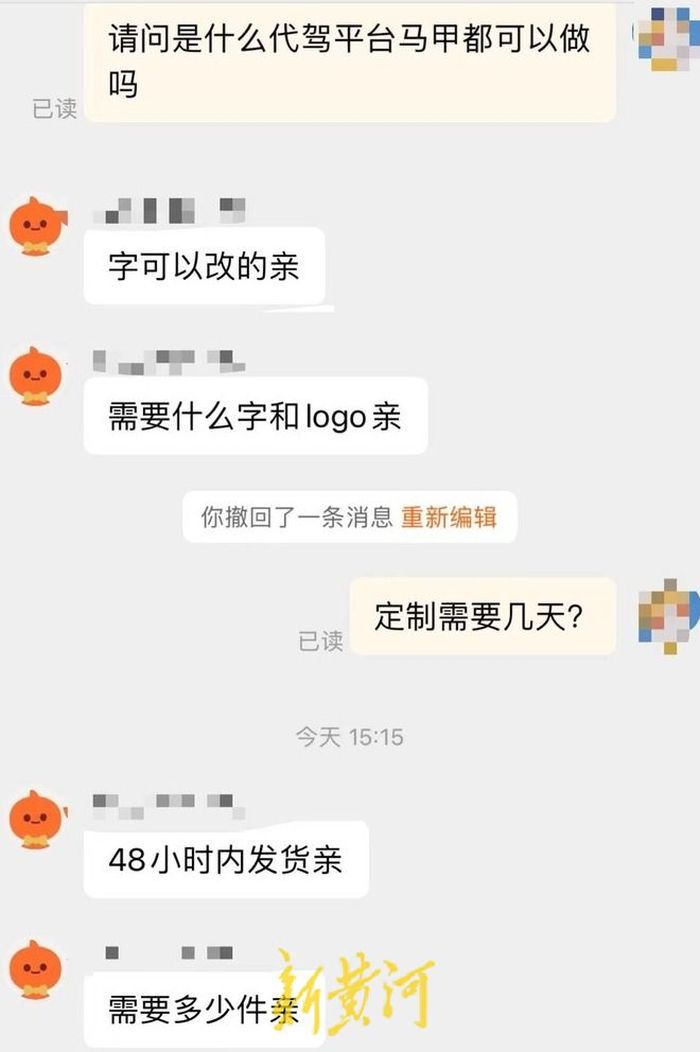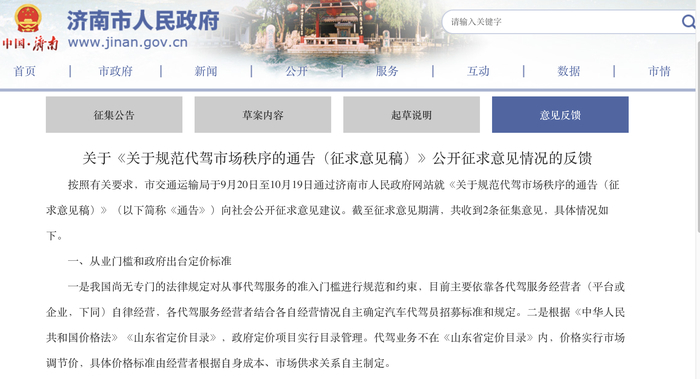Article | Interesting understanding of business, Li Wenqi
In addition to selling cars, what else can car companies sell? The answer may subvert your perception.
Recently, Huiding Insurance Brokerage Co., Ltd. (hereinafter referred to as "Huiding Insurance Brokerage") changed its corporate name to NIO Insurance Brokerage Co., Ltd. This move has attracted widespread attention because it is understood by industry insiders as the acceleration of NIO’s layout in the insurance sector.
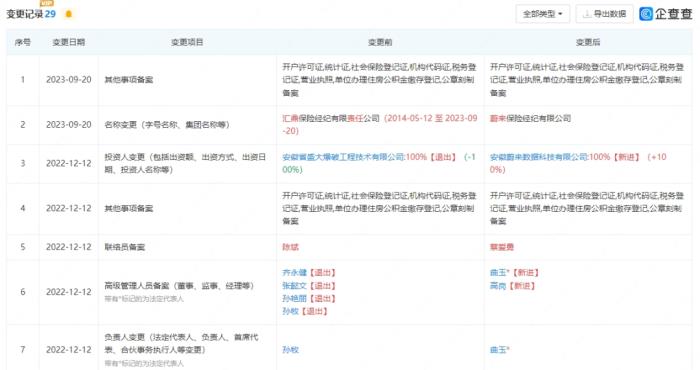
Image credit: Qichacha
In recent years, not only NIO, but also the number of new energy vehicle companies that value the auto insurance market has gradually increased. Xiaopeng, Ideal, BYD and Tesla have all made plans.
Dong Hao, a veteran in the automotive industry, said that compared with traditional property insurance companies, new energy vehicle companies entering the new energy vehicle insurance market have more advantages in vehicle loss assessment and insurance premium estimation. Car companies can use this as a service breakthrough point and develop more high-profit after-car ecosystem services.
But just like the two sides of the coin, can the beautiful new energy auto insurance really help NIO develop the after-car ecosystem? And, how much support will the continuous cross-border NIO give to the auto insurance business after the launch of mobile phones, charging piles and other products? This may be the point that the current industry pays more attention to.
01. Crowded car insurance track, NIO is catching up
According to the latest statistics released by the Ministry of Public Security, as of the end of September 2023, the national new energy vehicle ownership reached 18.21 million, accounting for 5.5% of the car ownership. From the first to the third quarter of 2023, 5.198 million new energy vehicles were registered nationwide, an increase of 40% year-on-year, accounting for 28.5% of the new car registration.
There is no doubt that the outbreak of the new energy vehicle market has made new energy vehicle insurance a huge blue ocean market. Soochow Securities estimates that by 2025, the scale of new energy vehicle insurance premiums will reach 186.50 billion yuan, accounting for 17.9% of the total proportion of vehicle insurance premiums; by 2030, this scale will reach 454.10 billion yuan, accounting for 32.1% of the proportion of vehicle insurance premiums.
For this huge and promising market, a number of new energy vehicle companies have entered the market.
In July 2018, XPeng Motors established Guangzhou XPeng Motors Insurance Agency, which was later renamed Guangzhou Smart Choice Consulting Services Co., Ltd.; in 2020, Tesla Insurance Brokerage Co., Ltd. was established in Shanghai; Li Auto also fully acquired Yinjian Insurance Brokerage Co., Ltd. in June last year, and later changed its name to Beijing Ideal Insurance Brokerage Co., Ltd. At the 2022 Annual General Meeting, BYD Chairperson Wang Chuanfu said that BYD would enter the new energy automobile insurance industry.
There are many benefits to the deployment of new energy vehicles in the field of auto insurance – after obtaining the relevant insurance license, new energy vehicle companies can configure insurance through car owners to form a complete closed loop of car manufacturing, sales, and after-sales services, which is expected to become a new profit growth point for car companies.
In this context, it is logical for NIO to accelerate the layout of insurance. As early as the beginning of 2022, NIO invested in the establishment of NIO Insurance Brokerage Co., Ltd., with a registered capital of 50 million yuan; but unfortunately, until the company was cancelled, the company did not obtain relevant qualifications, let alone carry out related insurance business.
The reason is actually very simple. Insurance qualifications themselves are a scarce resource. In recent years, the insurance intermediary market has developed rapidly, but there are also pain points of uneven operation quality of intermediaries. Regulators have tightened the approval of insurance intermediary licenses.
But this did not discourage NIO’s determination to explore the insurance market, and instead looked for a "curve" entry route. In December 2022, Anhui NIO Data Technology Co., Ltd., controlled by NIO founder Li Bin, wholly invested in Huiding Insurance Brokerage, and then the original executives also withdrew one after another. It was not until September this year that Huiding Insurance Brokerage changed its name to NIO Insurance Brokerage, and NIO finally went official in its own insurance business.
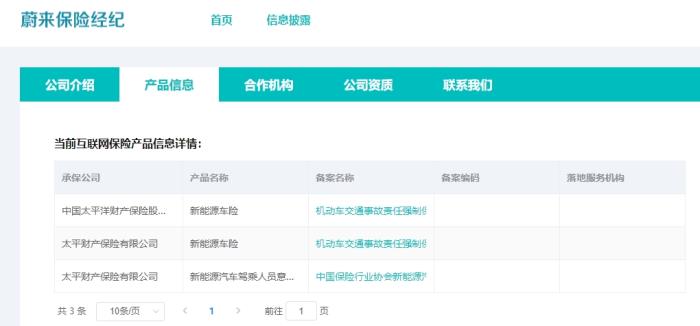
Picture source: NIO Insurance Broker official website
For this acquisition, NIO did not disclose the specific transaction amount. But according to the market situation, it will not be too low. For example, when BYD transferred 100% equity of Yi’an Property Insurance this year, it spent 4 billion yuan to invest in insurance licenses with higher "gold content". In this regard, some market analysts said that the application for relevant license qualifications in the insurance industry is relatively long. NIO’s operation of Huiding Insurance Brokerage is behind "using money for time". It is naturally easier to buy chickens and lay eggs than to raise big chickens and then lay eggs.
"But the insurance industry is more complicated, and it’s not a one-day job." Zhang Xiang, a visiting professor at the Yellow River Institute of Science and Technology and an automotive industry research institute, said to "Interesting Business": "NIO obtains qualifications through acquisitions, and then opens up sales, insurance, after-sales and other links. For the insurance business, it can deeply cultivate the precise customer group, which is a big advantage. But it should be noted that new energy vehicle insurance is not a profitable business at the moment."
02. Is there enough "ammunition"?
The license qualification is grafted through the "banknote ability", and the subsequent challenges that NIO has to face are the financial ability, technical ability and network layout. No matter what, stronger "banknote ability" is required. "Especially the financial ability level is a big test for new energy vehicle companies," said Mr. Fei, an industry insider.
Because behind the blue ocean of new energy vehicle insurance, there is a hidden high compensation pressure and the resulting general loss. Shenwan Hongyuan Group’s research report shows that the current new energy vehicle insurance compensation rate generally exceeds 85%, and the industry is facing greater underwriting loss pressure.
Zeng Yi, general manager of China Pacific Insurance Property and Casualty Insurance, has also publicly stated that the insurance rate of new energy vehicles is nearly double that of fuel vehicles, and the year-on-year increase in automobile travel in the first half of this year has posed a certain pressure on the underwriting cost of new energy vehicles. China Pacific Insurance’s 2022 interim results show that the new energy vehicle insurance premium grew rapidly in the first half of last year, accounting for 6.6%. However, the new energy vehicles underwritten by Pacific Insurance Property and Casualty Insurance are still losing money.
A set of data obtained by the reporter of the Economic Observer also shows that the insurance rate and compensation rate of new energy vehicles are at a high level. In the first half of 2023, the number of new energy vehicle insurance settled compensation cases increased by 1021.9% year-on-year, and the average compensation for resolved cases was 5801 yuan, an increase of 764 yuan compared with the same period in 2022. However, the average insurance premium for new energy vehicle insurance was only 4081 yuan, a decrease of 47 yuan compared with 2022.
All kinds of phenomena have confirmed that the new energy compensation amount is currently much higher than the insurance premium income. This also means that all players entering the new energy vehicle insurance field must prepare sufficient ammunition. So, is NIO ready?
At the end of August this year, NIO-SW (09866) announced its unaudited financial results for the second quarter ended in the first half of 2023. Data show that NIO’s revenue in the second quarter of 2023 was 8.7717 billion yuan, a year-on-year decrease of 14.8%; gross profit was 870 billion yuan, a year-on-year decrease of 93.5%; net loss was 6.0558 billion yuan, an increase of 119.6%; adjusted net loss was 5.4457 billion yuan, an increase of 140.2%.
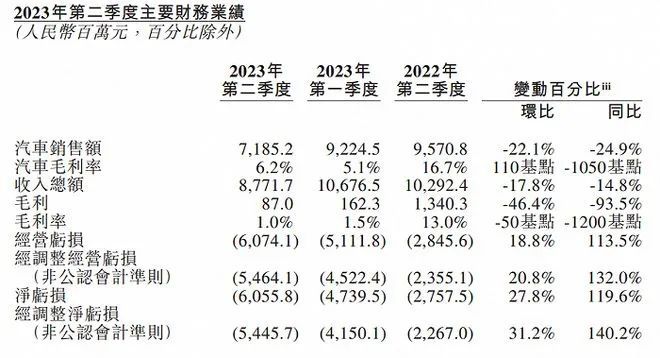
Image source: Screenshot of earnings report
From the perspective of the general environment, new car-making forces have shown varying degrees of losses; in the first half of this year, Li Auto’s total revenue was 47.44 billion yuan, and its net loss was 3.24 billion yuan. In comparison, NIO’s loss situation is much more serious.
According to the annual report of NIO-SW (09866), between 2018 and 2022, although NIO’s total revenue is growing, it has been in a state of loss. The losses in the five years were 23.328 billion yuan, 11.413 billion yuan, 5.3041 billion yuan, 4.02 billion yuan and 144.37 yuan. By the first half of this year, NIO’s net loss has exceeded 10 billion yuan, which is 10.926 billion yuan.
What can be seen is that in the context of the recovery of the new energy vehicle market in the first half of this year, NIO still maintained a situation where revenue and gross profit continued to decline and losses continued to expand. Whether it is a single quarter or the entire first half of the year, NIO’s net profit attributable to the parent set a record low for the same period in history.
In terms of delivery, NIO’s situation is also not optimistic. According to public data, NIO delivered 15,641 vehicles in September this year, an increase of 43.8% year-on-year and a decrease of 20% month-on-month. It was the most severe decline in the sales list of new energy vehicles in September.
Revenue decline, delivery decline, but NIO did not reduce investment. According to the financial report data, in the second quarter of this year, NIO’s development investment reached 3.34 billion yuan, close to Tesla’s 3.98 billion yuan, but significantly higher than the ideal 2.43 billion yuan and XPeng Motors 1.37 billion yuan. Statistics can be seen from the previous data, starting from the fourth quarter of 2022, NIO’s R & D expenses have exceeded 3 billion yuan for three consecutive quarters.
It is equivalent to saying that behind NIO’s bet on auto insurance, NIO’s own financial performance and delivery are not optimistic. In the future, whether it can provide support at the auto insurance level depends on the importance of the business in the NIO ecosystem.
"If NIO’s main business is doing very well and can give greater support to the auto insurance business, then overall, auto insurance must be the icing on the cake for NIO," Mr. Fei added: "On the contrary, if its own losses increase, coupled with the high underwriting pressure of auto insurance, the pressure on NIO will be relatively large in the short term."
03. Crossing the border all the way, what is NIO in a hurry?
To the outside world, NIO is less and less like a car company. This indifference is mainly due to NIO’s full range of crossovers – mobile phones, charging stations and now car insurance business.
In June this year, it was reported that the NIO mobile phone had passed the MIIT radio approval; as expected, on September 21, NIO Innovation and Technology Day, NIO released the first ship mobile phone, NIO Phone. According to Li Bin, "NIO makes mobile phones not because mobile phone companies cross the border into the automotive industry, nor do they rely on mobile phones to make money, but NIO users need a mobile phone that is undoubtedly linked to NIO."
But in the eyes of many users, this is not the case. On social platforms, many netizens complained that "it is easier to adapt NIO to more models. The probability of buying another mobile phone alone is not high, and buying a car and giving a mobile phone is almost the same." "It is obviously something that can be done by an app, but you have to develop a mobile phone!" The topic of who the NIO mobile phone is sold to has also triggered widespread discussion.
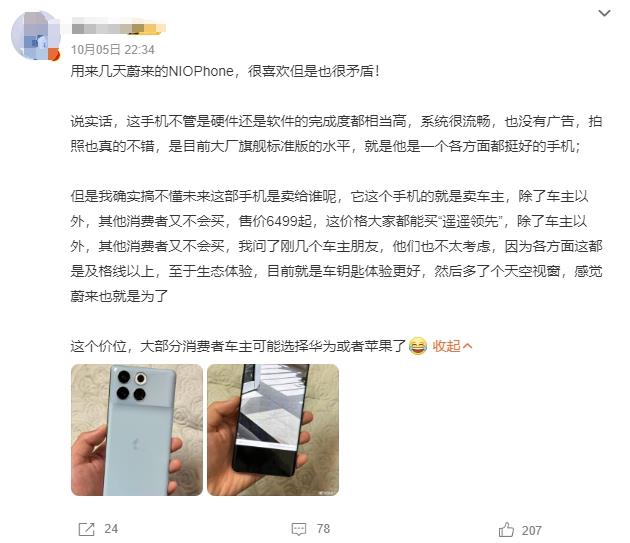
Image source: Weibo
In addition to the heavy injection of mobile phones, NIO also continues to invest in the field of supplementary energy. By the end of 2022, NIO had 1,315 replacement stations; in early 2023, Li Bin put down his big talk and wanted to build another 1,000 replacement stations. According to NIO’s official data, as of October 20, NIO has arranged a total of 1,969 replacement stations, 3,252 charging stations, and 936,544 third-party charging piles.
Industry analyst Yu Shengmei said that the current construction of power stations is fragmented and chaotic, and the industry is expected to enter the fast lane after the establishment of the national standard. Whoever has the first-mover advantage will be able to enjoy the dividends first.
But at present, it is difficult for the NIO power exchange model to rely on itself to make profits in the short term. According to the calculation of Oriental Securities, generally speaking, the power station reaches break-even, and the utilization rate is about 20% or more, that is, each station needs to serve 88 times a day to barely make a loss. According to NIO President Shen Fei, the break-even line of NIO power station is about 50-60 orders a day, and the current average daily order volume of NIO power station is 35-36 orders.
From a product perspective, this is indeed a good story, but so far, this good story has not brought much benefit in business practice.
As early as 2013, Tesla had experimented with replacing power stations in the United States, but was troubled by factors such as construction costs and profitability, and finally chose to give up. Similarly, behind the replacement of power by NIO owners is the reality that NIO "keeps changing power and loses money". Because the cost of adding replacement stations is extremely high, it is a typical asset-heavy business.
The data shows that the cost of the first generation of NIO substation is about 250-3 million, about 205 are established, and the cost of the second generation substation is 1.50 million yuan, and the number is 1100. According to this data, NIO has roughly invested more than 5 billion yuan in the substation.
Since June this year, NIO’s third-generation power station has maintained a construction speed of 120-150 seats per month. If the cost of the second-generation power station is estimated, NIO’s investment in the construction of power stations in 2023 is expected to be more than 1.50 billion yuan.
In addition to power station equipment, battery storage, battery depreciation, etc., it also requires personnel costs, site expenses, and commercial electricity bills. This is equivalent to saying that NIO has invested more than 10 billion yuan in power station replacement.
Moreover, this business, which was originally intended to be blessed by NIO’s "service", has also become a point of complaint for car owners. In April this year, NIO made adjustments to user rights and interests. Since June 1, the number of free power changes for the first owners of some models has been adjusted to 4 times per month. Previously, this right corresponded to 4-6 free power changes per month according to whether charging piles were installed.
According to NIO’s explanation, free power exchanges will gradually decline until they are fully charged on demand. From a business perspective, this is understandable, but at the same time, such adjustments also make NIO, which has always won by "service", more passive.
Auto insurance, mobile phones, and energy supplementation systems are all major projects worth tens of billions of dollars. At present, whether it is just starting auto insurance, mobile phones that have already launched products, or power stations that have invested tens of billions of dollars, they have not brought profits to NIO. Instead, they are likely to become a drag on NIO’s business.
Standing at the moment, the bigger question from the outside world is, what should NIO, which is gradually tearing off the "service" label, use to impress users?
As one of the three giants of the "new car manufacturing forces", NIO’s story is very good, but returning to the essence of business, performance is the basic set. Especially, as the industry competition intensifies, NIO, which has been expanding its own boundaries, and its own performance pressure, may become more and more difficult.
References:
1. Qubit, "Reassessing NIO, It’s Time"
2. International Finance News, "Cars can’t be sold," Loss King "NIO wants to make mobile phones across borders"
3. Finance and Economics Eleven, "While making large losses and investing heavily, what does NIO think?"
4. Shanghai Securities News, "Is NIO going to sell insurance?"















